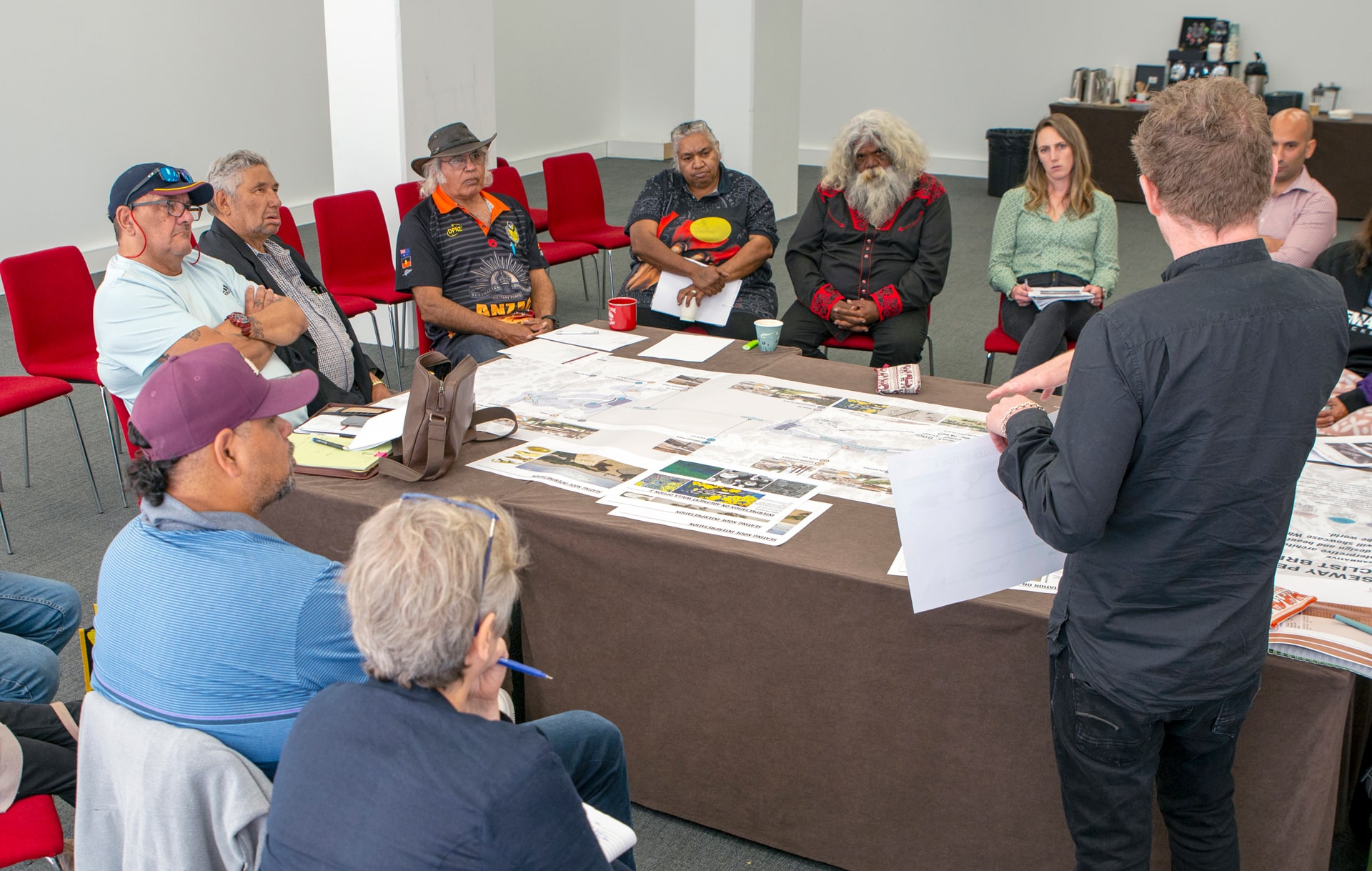Fauna fence helps protect quendas
Working closely with the Department of Biodiversity, Conservation and Attractions (DBCA) we have been able to increase the population of quendas inhabiting the area around the Roe Highway Road Reserve.
Quendas are a native medium sized bandicoot only found in the south-west of the state and are sometimes mistaken for rats. The quenda is an omnivore, and feeds on invertebrates, underground fungi, subterranean plant material, and occasionally small vertebrates. It inhabits scrubby, often swampy, vegetation with dense cover up to one metre high.
Quendas are a Priority four threatened species, meaning their ongoing survival is dependent on conservation. With threats such as habitat loss, predators such as foxes, cats, and dogs, along with vehicle strikes, the number of quendas has significantly declined.
In early 2022, the Department of Biodiversity, Conservation and Attractions (DBCA) identified quenda fatalities occurring on the exit ramp to Tonkin Highway as a concern and contacted us to discuss avoiding further deaths. An onsite meeting led to the design and installation of special fauna fencing on the reserve in Forrestfield along Roe Highway creating a barrier that protects quendas from entering the highways and into danger.
The fauna fence aims to stop quendas from entering the road, keeping fauna away from live lanes while at the same time, maintaining necessary access for maintenance works on the road reserve revegetation area. Installation works were successfully completed in October 2022 with both DBCA and our Metropolitan region pleased and satisfied. Surveys taken subsequently indicate an increase in the quenda population.
The project has been a positive step forward with internal and external collaboration to help conserve a Western Australian protected species.




